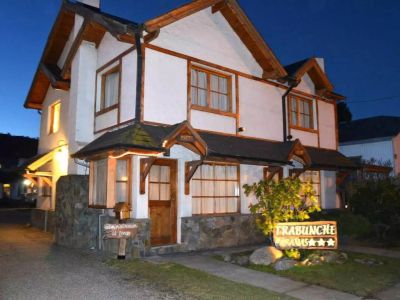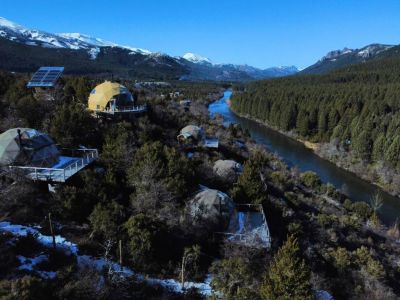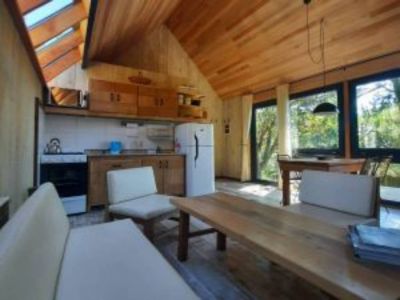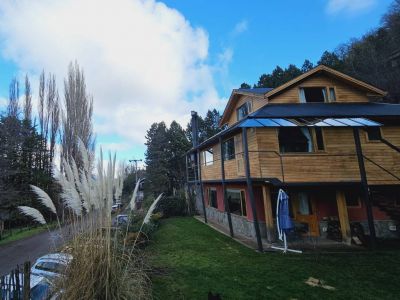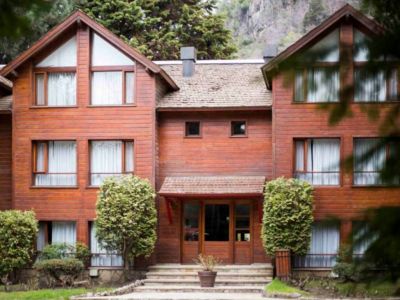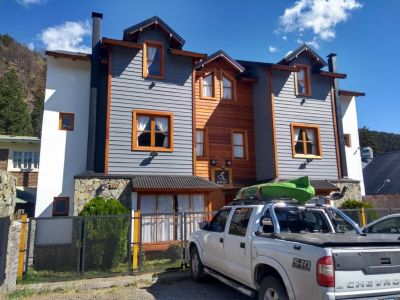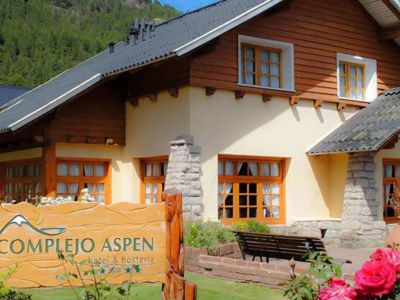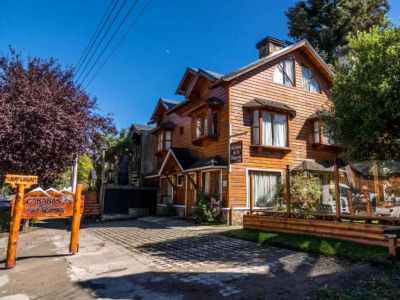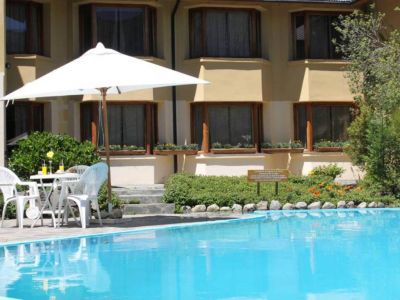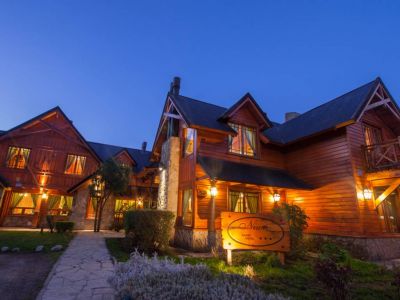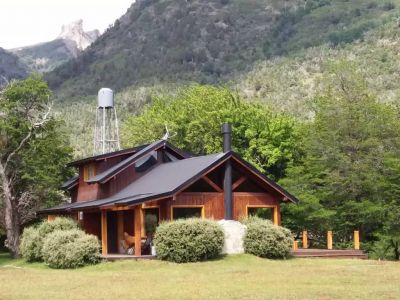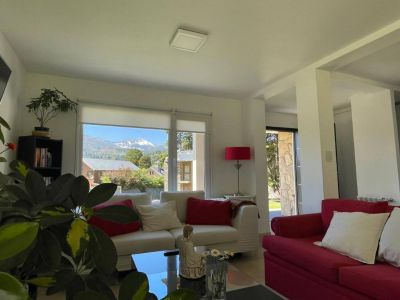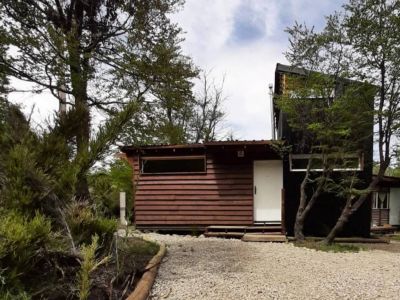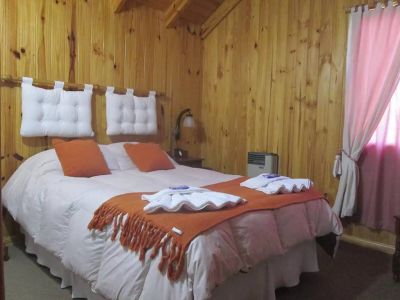The surroundings of San Martín de los Andes feature various rodeo lands where local riders show off their knowledge and audacity on horseback.
‘Jineteada en Trabunco Arriba’ were the words printed on a poster we saw in the downtown streets. Trabunco Creek crosses an area dwelled by a Mapuche community and then empties its waters into Lake Lácar.
We drove up a gravel road on which there were some houses scattered here and there. The denizens of Puente Blanco live in groups. In spite of lying close to the urban shell, life up there is harder as the cold temperatures, the snow and the wind are more intense.
Goats, oxen and horses were grazing on the green summer pastures amidst the hills and the ravines. Behind the pens, we found the rodeo arena wrapped up in a cloud of dust and smoke tasting of grilled meat. We could hear the spokesman who was cheering the event.
Rodeo at Trabunco Arriba
All around, we could see men wearing their best outfits, their favorite sash, hat or beret. Entire families accompanied and encouraged the riders. The riders, their origin and previous performances were announced on the loudspeakers. Between one colt and the next, a poet added his dose of humor by reciting countryside verses.
We were surprised by some yelling: a curveting untamed chestnut-colored horse refused to be tied to the hitching post, from where one of the young riders wearing his botas de potro (special boots made from the skin of the horse’s leg) would start to show his skills. He waited for the right time and jumped onto the back of the animal deprived of a saddle.
The judge lifted his whip to set the start of the trial. The rider had to remain on the animal for eight endless seconds. He used his spurs on the animal's back while the horse tried to shake that elastic brave body off its back. The audience was cheering and encouraging the young man to show off his manhood and skill as the dust covered everything around. The bell rang. The rider succeeded and celebration followed. The uneasy horse was led back to the pen, where he joined the rest of the troop.
Various trials followed one another. We had a conversation with one of the local dwellers and he said to us: ‘Southern rodeos have some features of their own in relation to the ones held in the pampas, but the effort and the commitment of the riders is the same’.
These men are used to life in the countryside and harsh winters. Years ago, the community would only depend on the sale of firewood and handicrafts. Now, the young study and work in the city and they have incorporated a different economy. Yet, they remain faithful to their beliefs and customs, which they learned from their elders.
We retraced our steps along the same green hills with the feeling of having learned something: the Mapuche communities still preserve their tradition, worship the land and gather at rural celebrations. We had shared their space, their activity and promised to return and take part in some similar experience.
Mónica Pons
Eduardo Epifanio
















